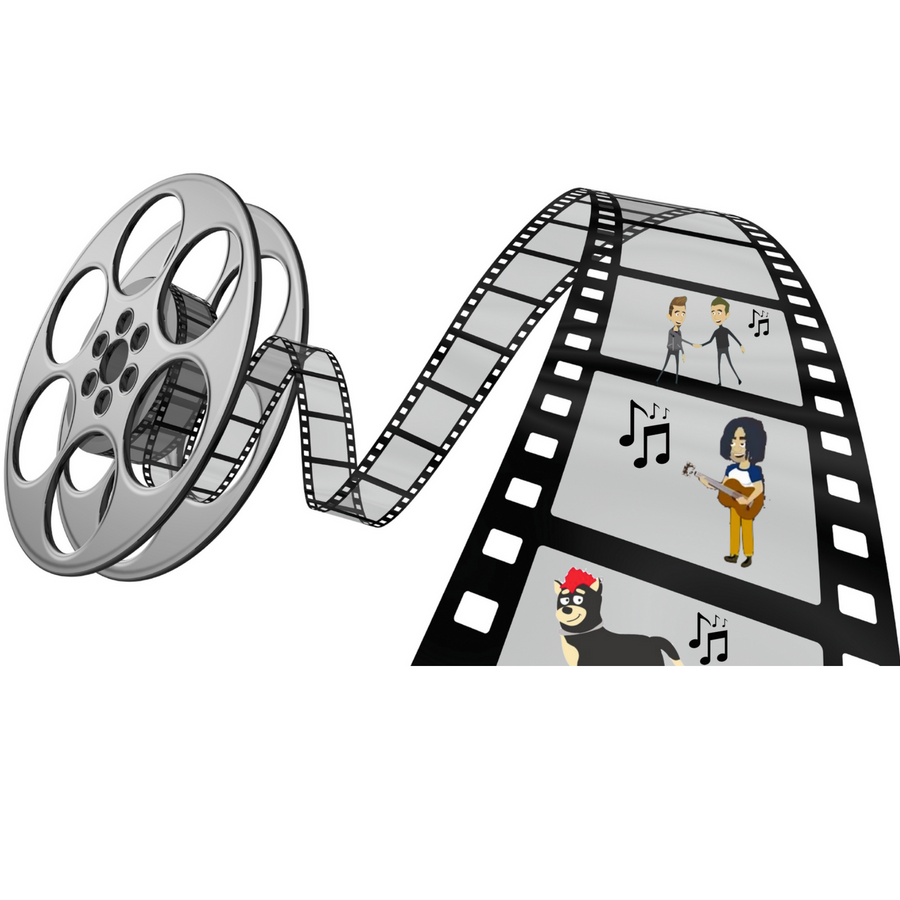
The Guild of Music Supervisors defines a music supervisor as "a qualified professional who oversees all music related aspects of film, television, advertising, video games and other existing or emerging visual media platforms as required."
There are countless musicians wanting their music placed into popular productions, however many don't actually understand the art of music supervision.
The Music Supervisor is hired to take on the sometimes daunting task of interpreting the needs and wants of the producer/director. They have the job to find music that meets those needs and wants, all whilst adhering to budgets and copyright laws.
Music Supervisors are sometimes given very clear direction of what music is needed. Songs that the director desires can be already temp tracked into the scene. These songs may end up being cleared, but more often then not, budgets are tight and alternative tracks with the same feel, tempo and energy are sought out.
Ultimately the music supervisor is trying to tell a story with his or her music choices. The song will interplay with the storyboard with certain tones, feels, and lyrical themes that are selected and synced to support the story. Music Supervisors are often looking for specific songs that build and/or climax on an exact hit point to add intensity or rise to a story, which is an integral part to the theatrical effect the story will have.
Directors may look for lyrics that are 'on the nose' meaning the songs lyrics are telling the same story as the film. In contrast, a director may be looking for a more ambiguous option, whereby the lyrics are less directed to the story, but perhaps support an underlying them. Sometimes they may even request something completely different and out there, something that will create an intended juxtaposition with the story. This technique is often used as comical relief.
Compositional elements are equally as fundamental as lyrics are. Genres, moods, tempos, major/minor keys, arrangements, tones, instrumentation, production elements and dynamics are all integral facets that help support the overall feel of what the film is trying to encapsulate.
Sometimes music supervisors will wrap specific music style/genres around key personalities within a TV show or film to identify a semiotical relationship between the music and the character, this helps build upon and/or add depth to the character.
When it comes to sync placements there are two core components to understand. Is the song diegetic or non-diegetic?
If it's a diegetic song this implies that the song will be coming from an actual source within the film. E.g. a character may be in the car listening to the song being played on the radio.
On the other hand, a non-diegetic song is used narratively to set the overall feel/mood, or tie together a montage of scenes. E.g. a characters journey is outlined with a series of different imagery accompanied by music.
If the song dominates or takes the weight of the scene it is called a featured placement, which is often the best placement for any artist to get. However if the song is buried underneath dialogue (which is a common) it's then called background use. Typically a non-diegetic use is featured, and a diegetic use is background, but that's not always the case.
Lastly, licensing fees from a sync placement will vary depending on whether it is a featured or background opportunity, with the featured placement always fetching a higher price.
About the Author – Daniela D'Onofrio
Daniela has been responsible in representing hundreds of indie artists, and successfully securing placements for Virgin, Qantas, Contiki, Jeans West, Twitter, Joe Fresh, Sony PlayStation and countless Films and TV Shows with Disney, 20th Century Fox, Sony Pictures, HBO, Showtime, FOX, USA Network, MTV, CTV, Warner Bros, ABC (USA), and NBC Universal.
Passionate about the sync industry, Daniela has had many speaking and teaching engagements including Q Music, Music Industry Inside Out, and SYNC Master Classes at Queensland University of Technology